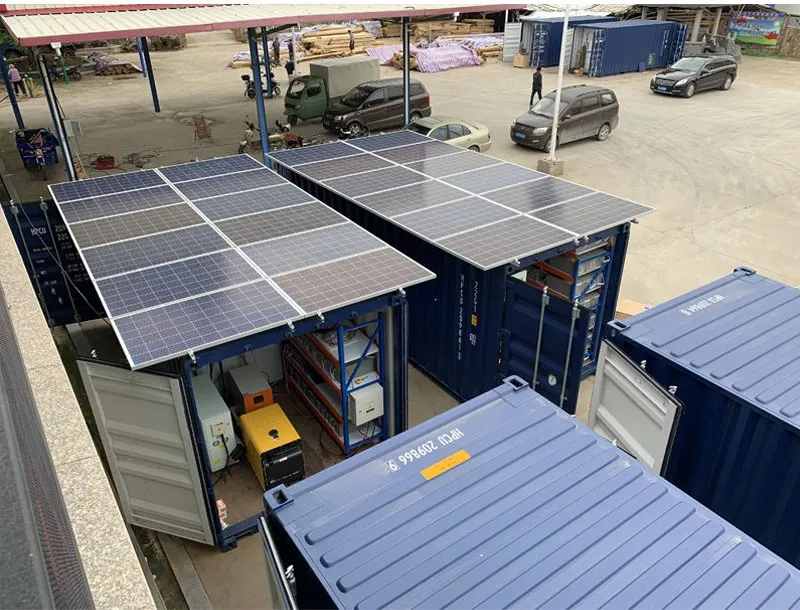Ever wonder why some solar companies seem to glide through supply chain challenges while others stumble? The secret often lies not in their products, but in how they manage the complex dance of inventory. Let me show you how Vendor Managed Inventory (VMI) is transforming solar panel supply chains from frantic juggling acts into smooth, coordinated performances.
The solar industry isn't your average supply chain. With seasonal demand spikes, evolving technology, and global component sourcing, traditional inventory approaches become expensive bottlenecks. Manufacturers face a constant tug-of-war: stock too little and miss opportunities during peak installation seasons, stock too much and watch capital get trapped in idle panels.
Instead of your procurement team making educated guesses about demand, what if your managed your inventory? That's the essence of VMI. Your vendor maintains agreed-upon stock levels at your facility or nearby distribution centers. They monitor consumption patterns, replenish automatically, and often only charge for what you actually use.
Panasonic Electric Work implemented VMI with Guangzhou Wanbao Electric Equipment Co., achieving what many thought impossible: reduced inventory costs for both parties. The traditional "me vs. you" mentality dissolved. By sharing sales data transparently, Wanbao could anticipate Panasonic's needs before purchase orders arrived.
The magic number? 34% reduction in Panasonic's inventory carrying costs while Wanbao decreased warehouse overhead by 28%. Both companies shared the efficiency gains.
Specialized VMI programs like Targray's understand solar industry nuances. Their AI-powered approach doesn't just move boxes – it predicts regional installation trends, adapts to weather-impacted timelines, and synchronizes shipments across global PV manufacturers. For example:
Capital Unlock
Freed working capital now fuels R&D instead of gathering dust in warehouses
Supply Chain Responsiveness
Weather-driven installation surges no longer cause critical shortages
Administrative Efficiency
One manufacturer reported 60% reduction in purchasing paperwork
Relationship Upgrade
Suppliers become partners sharing data analytics for mutual growth
Trust Architecture
Establish data-sharing protocols, clearly define ownership boundaries, and create binding SLAs
Demand Visibility Layer
Integrate ERP systems for real-time consumption tracking beyond simple sales data
Inventory Rules Engine
Set dynamic triggers based on installation pipeline velocity and seasonality curves
Automation & Exception Handling
Deploy AI for replenishment decisions while maintaining human oversight circuits
The biggest obstacle isn't technology – it's mindset. When one manufacturer feared supplier opportunism, they implemented graduated volume tiers. Higher panel usage triggered progressive discounts, aligning interests instead of dividing them.
Data accuracy poses another challenge. Leading firms now embed IoT sensors directly on panels communicating usage patterns. This granular approach prevents "ghost demand" signals that plague forecasting.
VMI naturally enables resource efficiency. Consolidated shipments reduce freight miles while optimized inventory prevents waste from stock obsolescence. Targray's program participants achieved 22% carbon reduction through coordinated logistics alone.
The next-generation model emerging now? Vendor Managed Material Flow. Pioneering solar companies are extending the concept upstream to raw materials management. One bifacial panel producer co-locates supplier representatives within their facilities to jointly optimize material consumption per watt.
VMI transforms inventory from cost center to competitive weapon. The solar innovators winning today have embraced this simple truth: Your supply chain shouldn't compete against your suppliers – it should dance with them.













